When fried food becomes a measure of sustainability
According to the Food and Agriculture Organization – FAO (2023) report, global vegetable oil consumption has nearly tripled in the past 25 years. That means hundreds of millions of tons of CO₂ are emitted each year just to produce, transport and process cooking oil.
However, in the past 5 years, many countries have begun to put cooking oil on the list of products requiring life cycle emission management. Typically in Singapore, the regulation requires the TPM (Total Polar Materials) index in cooking oil to be below 25%, exceeding the threshold requires replacement. Germany and France require restaurants to record oil change cycles to ensure quality control and limit waste oil. Meanwhile, Korea and Japan invest in safe reuse oil filtration systems, reducing up to 30% of oil consumed each year.
“Controlling frying oil is no longer just about ensuring taste – it is part of the food industry's sustainable development strategy.”– Excerpt from Klipspringer Food Safety Guide 2023.
Cooking oil pollution – a health and climate problem
When oil is used repeatedly, the oxidation and decomposition process produces toxic compounds such as aldehyde, acrolein, acrylamide. Not only does it affect the heart and liver, but according to research by PMC – US National Library of Medicine (2014) , Frying oil fumes are a significant source of domestic greenhouse gases, especially in urban areas with high restaurant density.
With millions of fryers operating every day, the accumulated amount of oil vapor, smoke and waste oil creates a difficult-to-control CO₂ and CH₄ emission “loop” – something that few people thought about before.
Technology – the key to sustainable fryers
To break the “dirty oil-emissions loop”, the world is moving towards Smart frying oil control and regeneration technologies:
- Handheld TPM meter: allows chefs to know the exact level of oil decomposition, instead of estimating by eye.
- New generation of filter and toxic absorption material: can remove polar compounds, prolong oil life, reduce oil change frequency.
- The solution of recycling waste oil into biofuel: is helping to cut hundreds of thousands of tons of CO₂ each year in Europe.
- “Zero smoke” stove: combines smoke filtration and heat control systems to prevent the formation of aldehydes in the air.
These advances show that “clean frying” is no longer a slogan but has become an industry direction.
Vietnam on the threshold of change
Vietnam’s culinary industry – from street stalls to large restaurant chains – is synonymous with fried food. However, as green consumption and sustainable tourism trends spread, Switching to the “safe fryer – reduced emissions” model will soon become a requirement rather than an option.
Not only for the environment, but also for trust and brand image. Modern diners – especially young people and international visitors – are increasingly concerned about whether the restaurants they dine at are “environmentally friendly”.
A survey of Nielsen 2024 shows that 72% of Vietnamese Gen Z people are willing to pay 10% more for food if they know the processing is environmentally friendly.
From awareness to action
Clean frying - green living is not a temporary trend, but an inevitable movement. Reducing oil consumption, managing waste oil well, and applying quality control technology will help businesses: Reduce operating costs by 30 - 40%/year; Significantly reduce CO₂ and CH₄ emissions; Enhance brand image and reputation in the eyes of consumers.
From now on, every frying pan is not only a place to create delicious food – but also the beginning of a responsible lifestyle towards the earth. Countries and businesses have proven that investing in “clean frying” is investing in health, the environment and the future.
When this trend reaches Vietnam, it will be an opportunity for the entire culinary industry to change and move forward together. A sustainable cuisine that is not only delicious but also green.
Source: https://baophapluat.vn/chien-sach-de-song-xanh-vi-sao-the-gioi-dang-thay-doi-cach-su-dung-dau-an.html


![[Photo] National Assembly Chairman Tran Thanh Man holds talks with President of the Senate of the Czech Republic Milos Vystrcil](/_next/image?url=https%3A%2F%2Fvphoto.vietnam.vn%2Fthumb%2F1200x675%2Fvietnam%2Fresource%2FIMAGE%2F2025%2F11%2F21%2F1763715853195_ndo_br_bnd-6440-jpg.webp&w=3840&q=75)

![[Photo] General Secretary To Lam receives President of the Senate of the Czech Republic Milos Vystrcil](/_next/image?url=https%3A%2F%2Fvphoto.vietnam.vn%2Fthumb%2F1200x675%2Fvietnam%2Fresource%2FIMAGE%2F2025%2F11%2F21%2F1763723946294_ndo_br_1-8401-jpg.webp&w=3840&q=75)

![[Photo] President Luong Cuong receives Speaker of the Korean National Assembly Woo Won Shik](/_next/image?url=https%3A%2F%2Fvphoto.vietnam.vn%2Fthumb%2F1200x675%2Fvietnam%2Fresource%2FIMAGE%2F2025%2F11%2F21%2F1763720046458_ndo_br_1-jpg.webp&w=3840&q=75)
![[Photo] Visit Hung Yen to admire the "wooden masterpiece" pagoda in the heart of the Northern Delta](/_next/image?url=https%3A%2F%2Fvphoto.vietnam.vn%2Fthumb%2F1200x675%2Fvietnam%2Fresource%2FIMAGE%2F2025%2F11%2F21%2F1763716446000_a1-bnd-8471-1769-jpg.webp&w=3840&q=75)
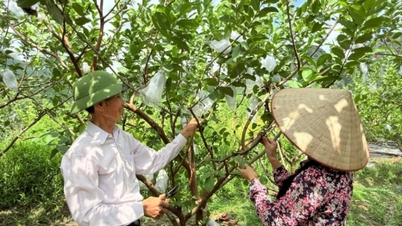










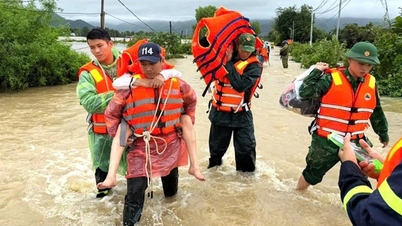





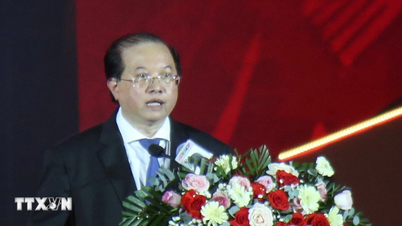






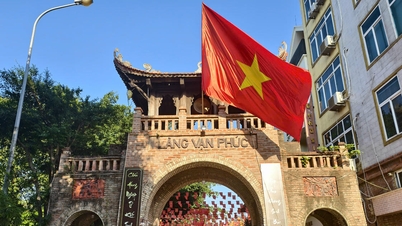
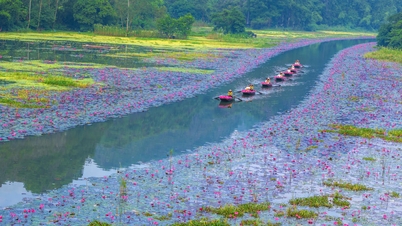


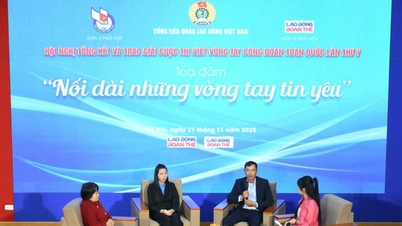
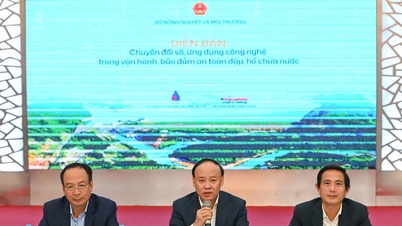




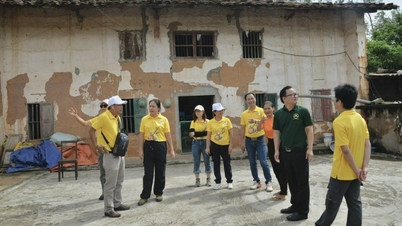






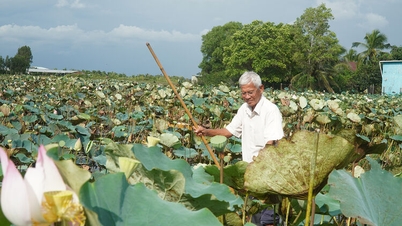




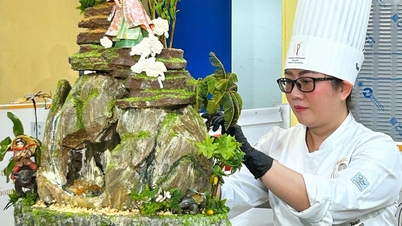





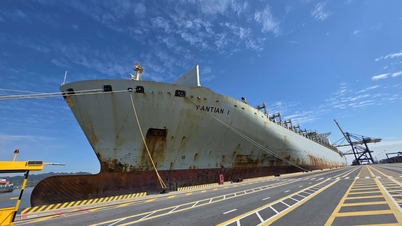

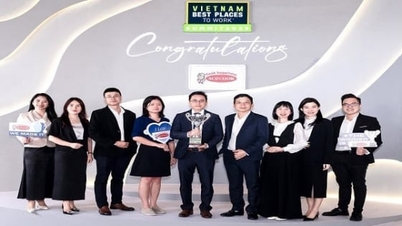



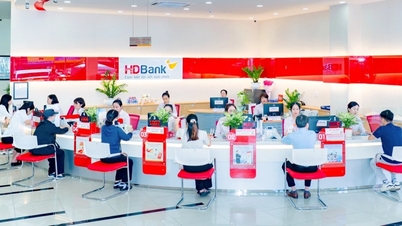







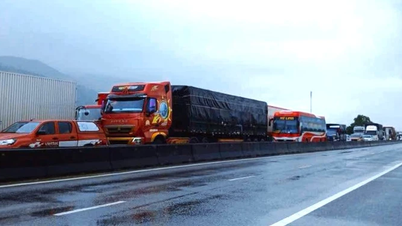





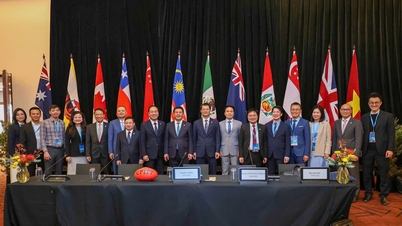












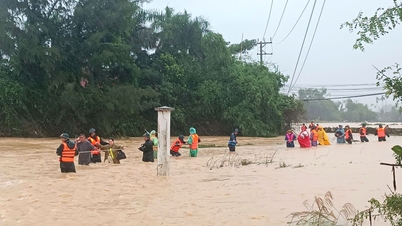



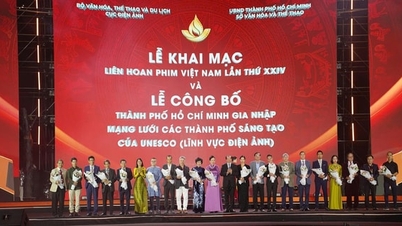














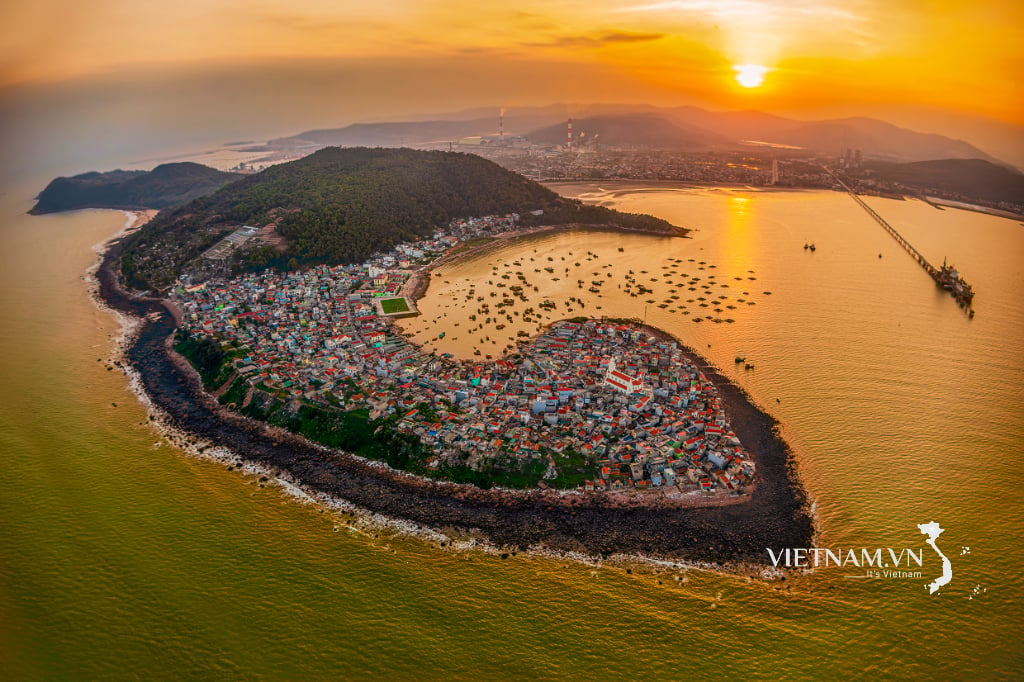
Comment (0)